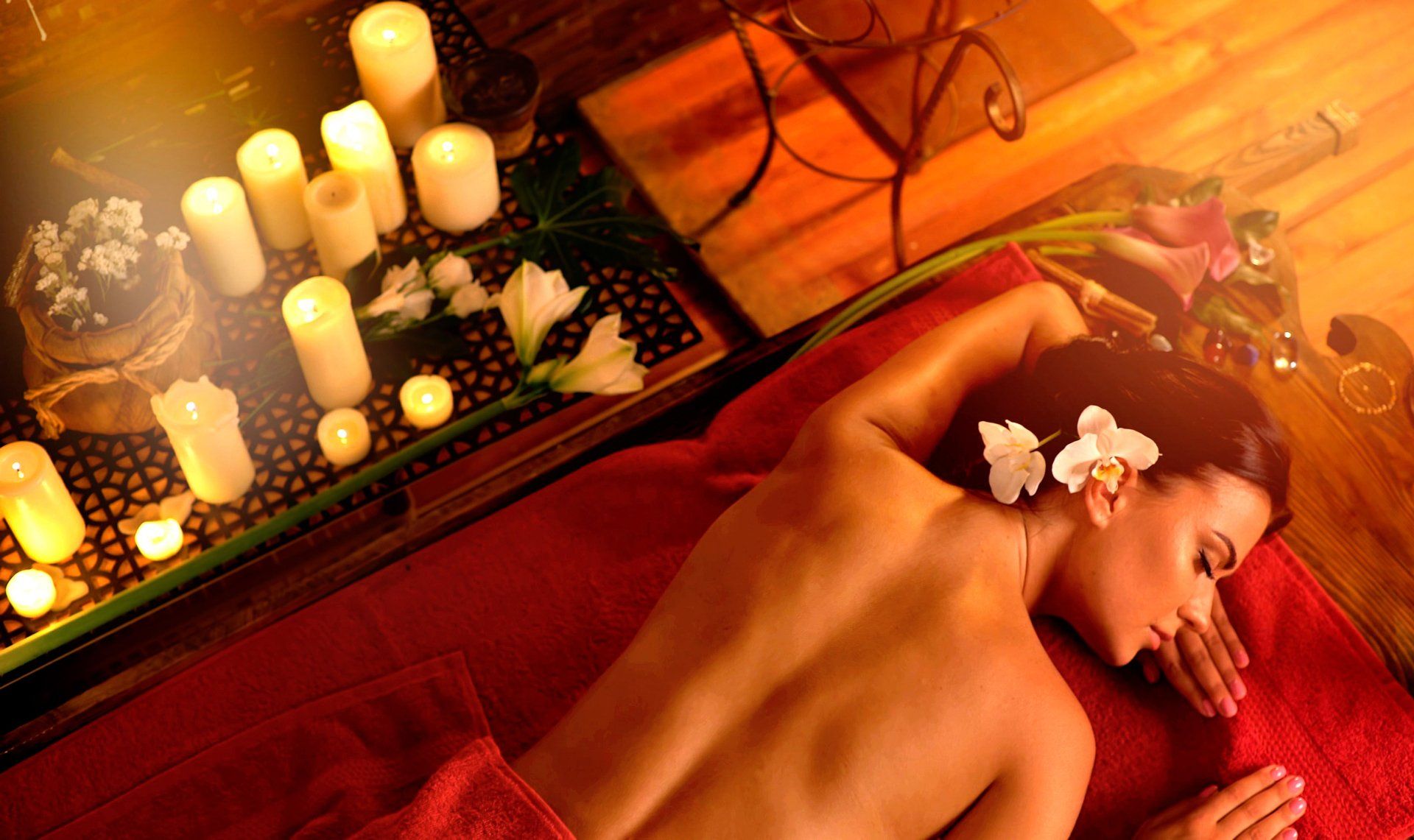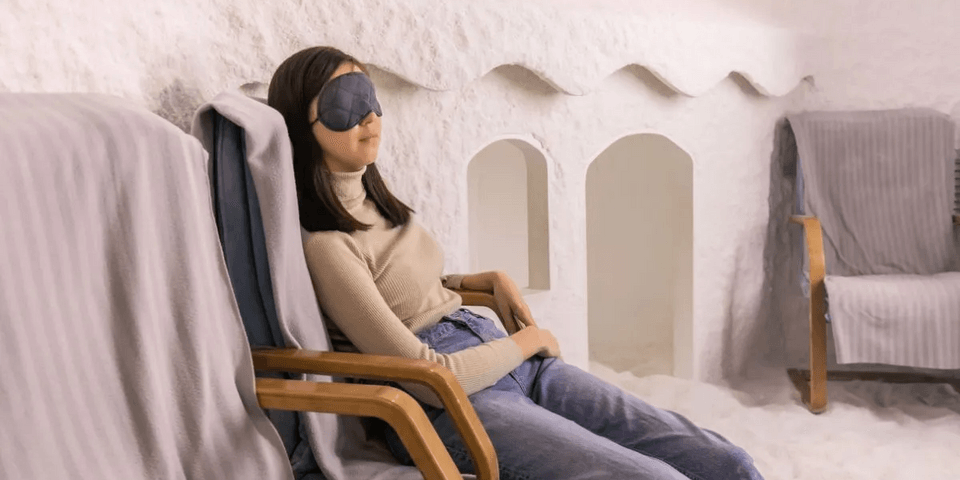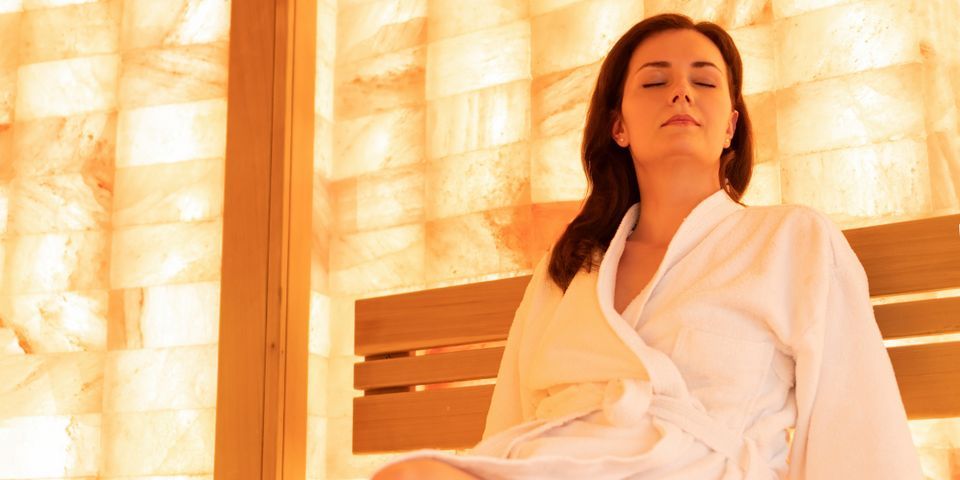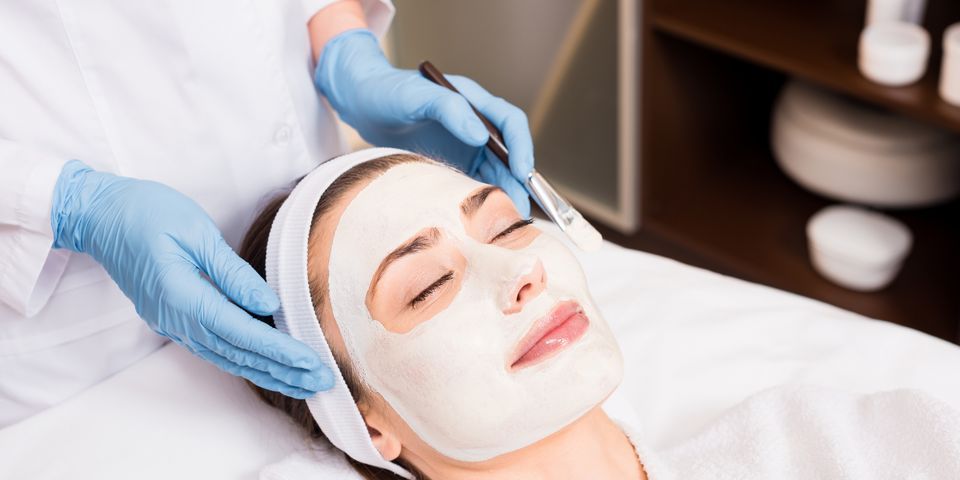The History of Color Light Therapy
Color Light therapy, also known as Chromotherapy, is a technique of restoring balance by means of applying color to the body. Its history is rooted as far back as the Mayan culture. In India, Ayurveda, an ancient form of medicine practiced for thousands of years, is based on the idea that every individual contains five elements of the universe which are present in specific proportions unique to each individual, including their personality type and constitution. When these elements are out of balance, Ayurveda works with the energies inherent in the colors of the spectrum to restore this balance. In ancient Egypt, the art of healing with color was founded in the Hermetic tradition. The Ancient Egyptians and Greeks used colored minerals, stones, crystals, salves, and dyes as remedies, and painted treatment sanctuaries in various shades of color. In China, traditional Chinese medicine incorporates color to be associated with each organ and elemental system. This healing method looks at the idea that every individual is a balance. The first color wheel was invented by Sir Isaac Newton. He split white sunlight into red, orange, yellow, green, cyan, and blue. He then joined the two ends of the color spectrum together to show the natural progression of colors. Light Therapy has been valued throughout history as a remarkable source of healing. Today, the therapeutic applications of light and color are being investigated in major hospitals and research centers worldwide. Results indicate that full-spectrum, ultraviolet, colored, and laser light can have therapeutic value for a range of conditions from chronic pain and depression to immune disorders. Color therapy has been suggested for many uses, based on tradition or on scientific theories. Consult with a health care provider before using color therapy for any use.












